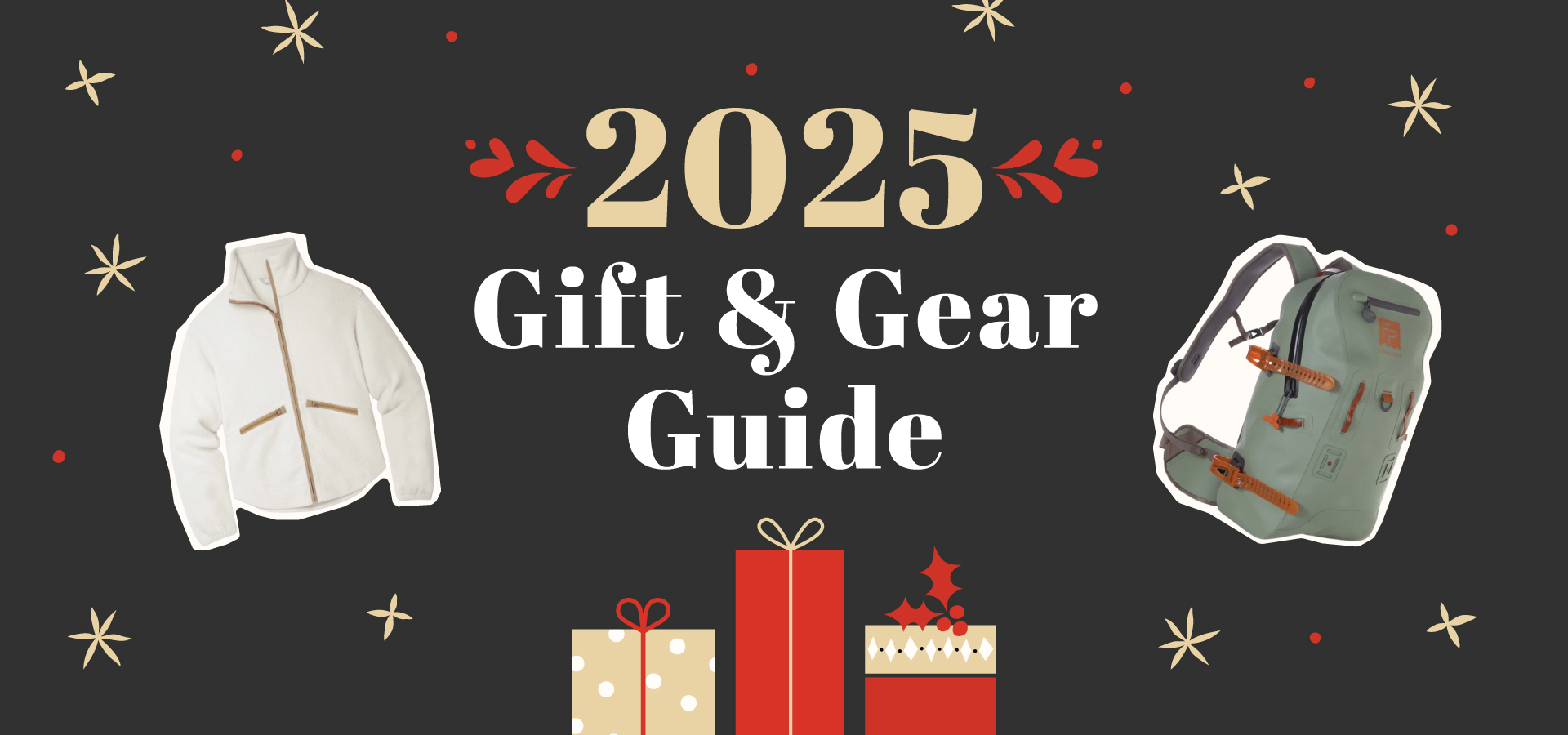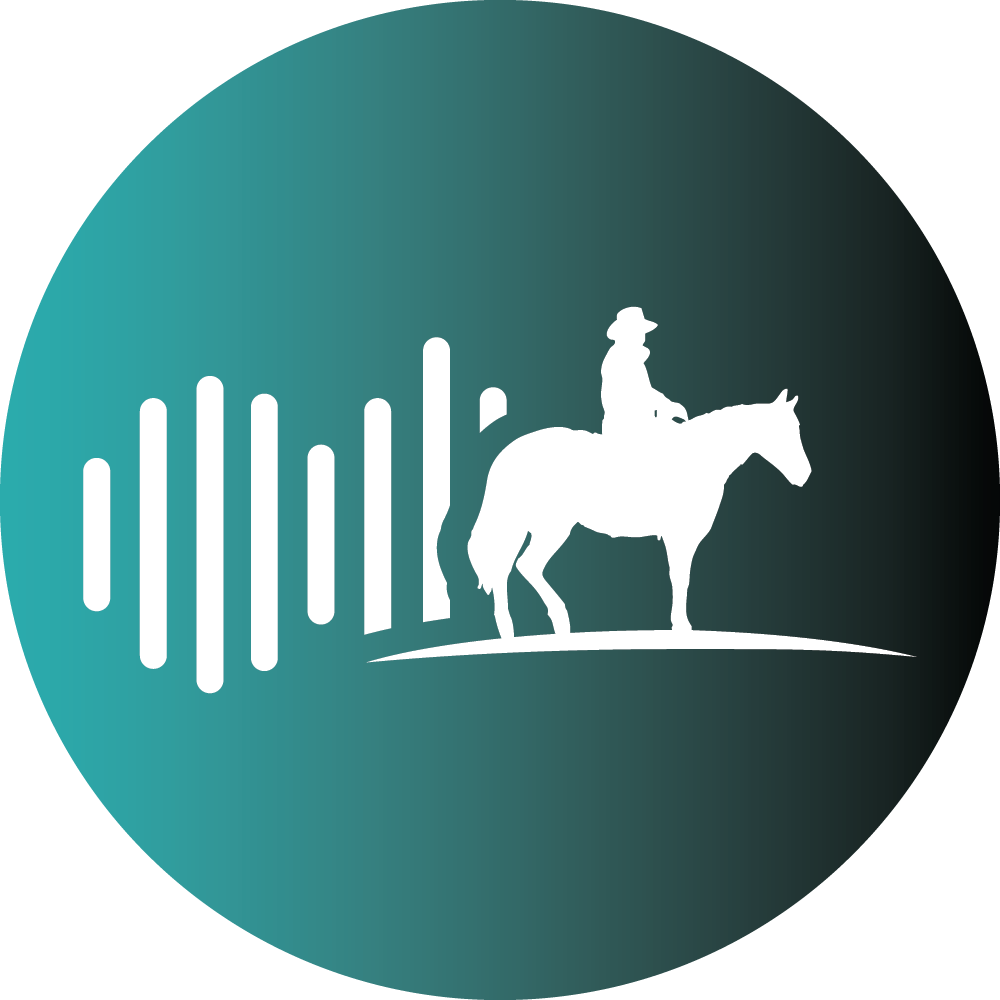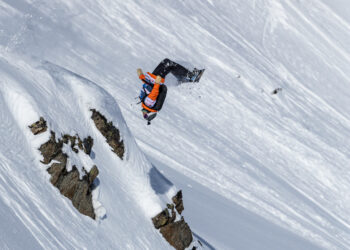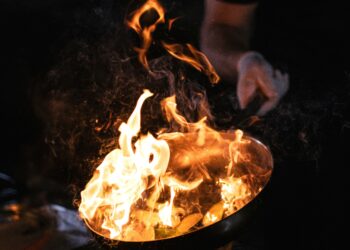Give them what they want
By Patrick Straub EBS Fishing Columnist
Despite a childhood spent on the banks of the Gallatin River, during my teenager years I spent more time thinking about the girls that might be calling me on a given night than appreciating the mountains, trees, and rivers that framed my life.
When I fished, I cared not what insects were hatching or why one fly fished better than another, all I knew was that sometimes a Royal Wulff worked better than an Elk Hair Caddis, and sometimes it didn’t. The more I learned, the more I needed to know.
Trout have to eat to survive, just like us. And like humans, they often have specific eating habits based on the food that’s readily available. A basic understanding of trout food sources is essential to catching more fish. Here’s some help.
Unmask matching the hatch. Matching the hatch is nothing more than observing which insect trout are feeding on. Insects such as mayflies, caddisflies or midges can hatch in great numbers and prompt heavy feeding activity by trout. When these thick hatches occur, trout respond by “keying in” on the insect that’s hatching at the time.
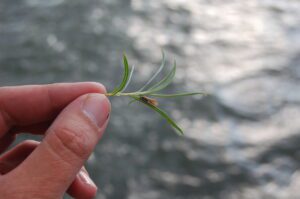
Ride the life cycle. You must learn the basic stages of a bug’s life: larvae, nymph, and adult. Larvae are basically worm-like in appearance and are found in the life cycles of caddisflies, midges and crane flies – they hatch from eggs that are laid in the water by an adult of its kind. The caddisfly larvae of many species build protective cases of natural materials around them.
Nymphs are aquatic insects that live in water. Although fly fishermen tend to apply the word “nymph” to all underwater flies, a true nymph belongs to insect groups such as mayflies, stoneflies, dragonflies and damselflies. Nymphs hatch from eggs that are laid in the water from an adult insect, and live in weeds, bottom structure, and some even burrow into the mud of streams or lakes.
Adults are the final result of an insect’s life that has reached maturity – they have wings and can fly at will. Adults are what we should be concerned with when trying to imitate surface flies.
Fish other fish. Small fish can make up a trout’s diet once it reaches a certain size and age. Sculpins, dace, chubs, and small trout provide larger trout with a big meal that can sustain them for a day or more. Rocky Mountain whitefish are in most of our local streams and larger trout prey on small whitefish. I have seen trout no more than 4 pounds eat fish half their size. I once caught and cleaned an 18-inch brook trout that revealed an 11-inch rainbow trout inside.
Wind can be your friend. Later in the angling season, as hatches dwindle, land-based insects make up a good portion of a trout’s diet. Bees, ants, beetles, crickets, cicadas and grasshoppers are blown into a river or stream by the wind. There are times when a large hopper explosion occurs and trout will key on imitations for a month or more. Other times of the season, a flying ant hatch can carpet the water’s surface and trout will gorge themselves like starving lions.
Many afternoons during my high-school years the trout would cease eating my Royal Wulff or Elk Hair Caddis flies. When that occurred, I would lie on the bank and think about what my high school crushes were doing at the moment, hoping part of their day was doing the same about me. If I had known more about trout foods I might have caught more fish. But that wouldn’t have made the girls call me any more than they already didn’t.
Pat Straub is the author of six books, including “The Frugal Fly Fisher,” “Montana On The Fly,” and “Everything You Always Wanted to Know About Fly Fishing.” He and his wife own Gallatin River Guides in Big Sky, he is co-director of the Montana Fishing Guide School, and co-owns a guide service on the Missouri River.

